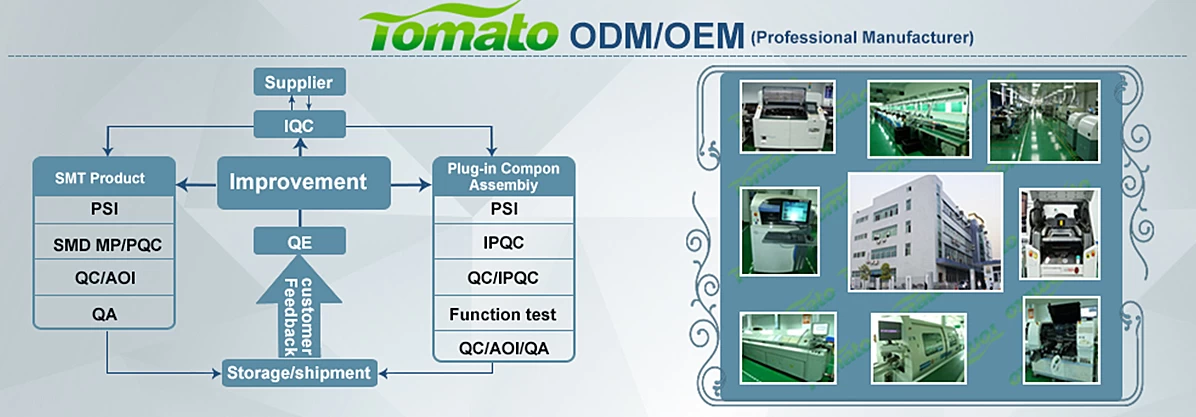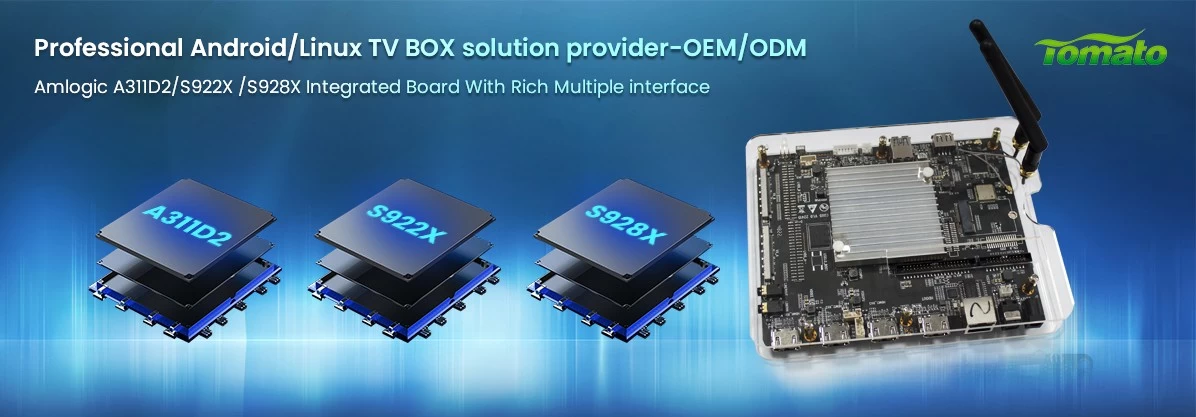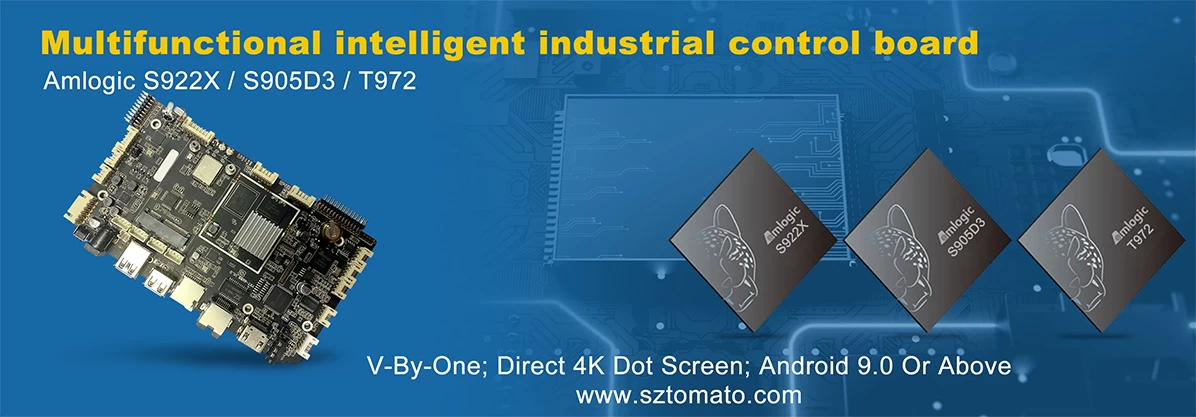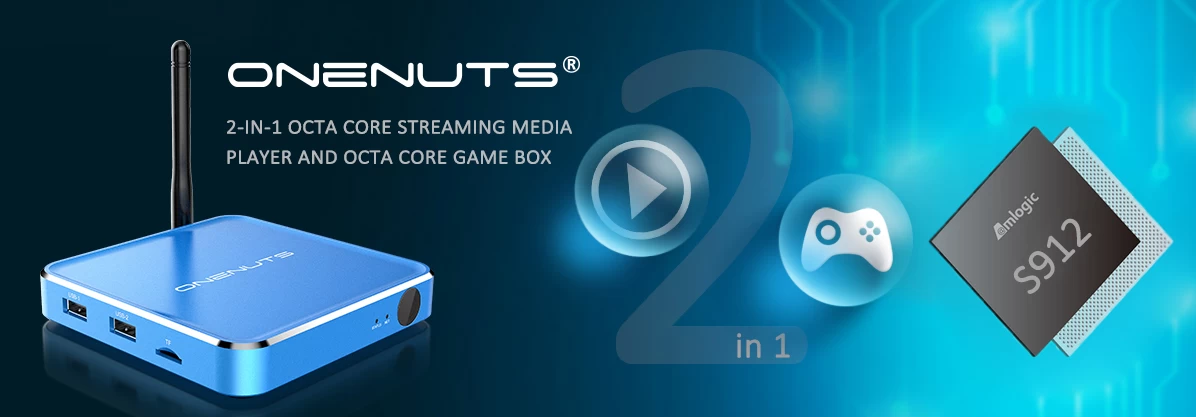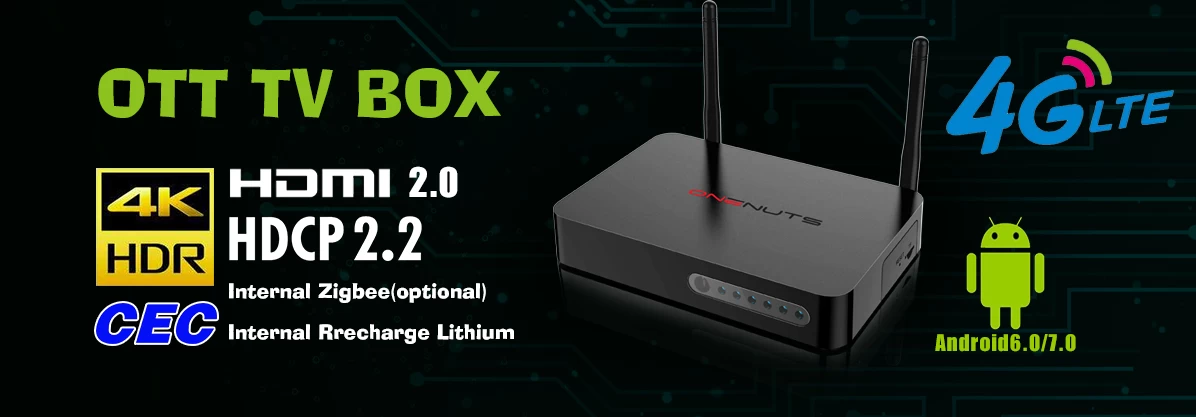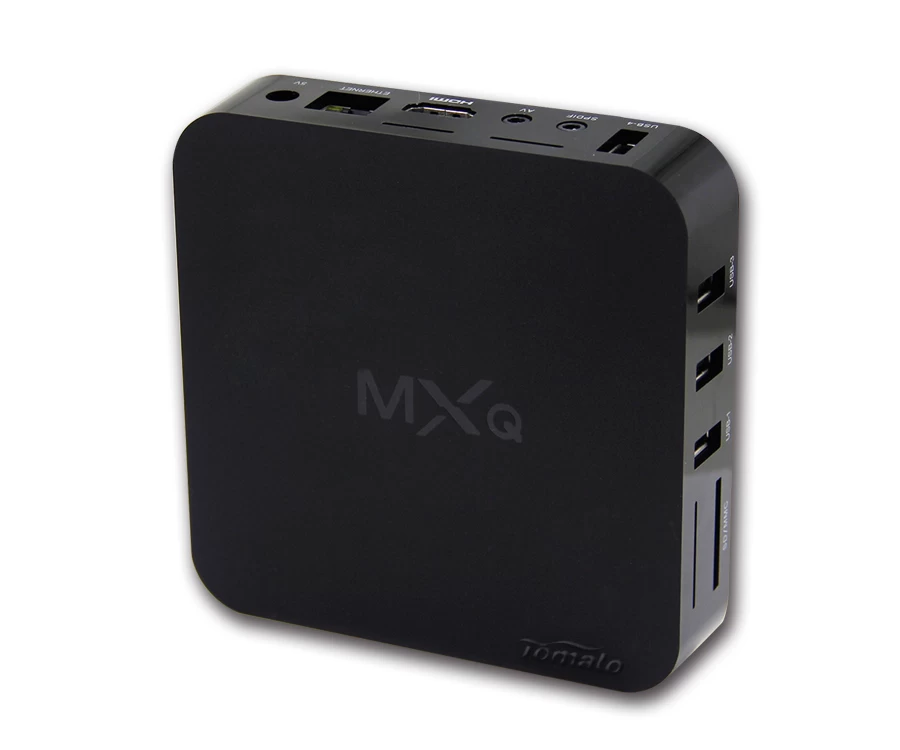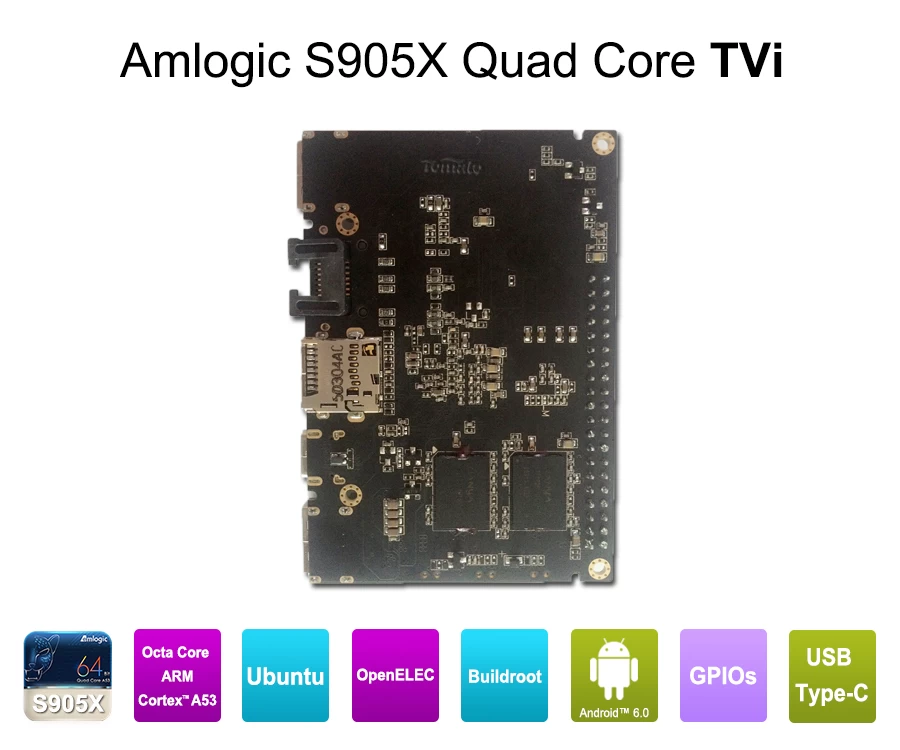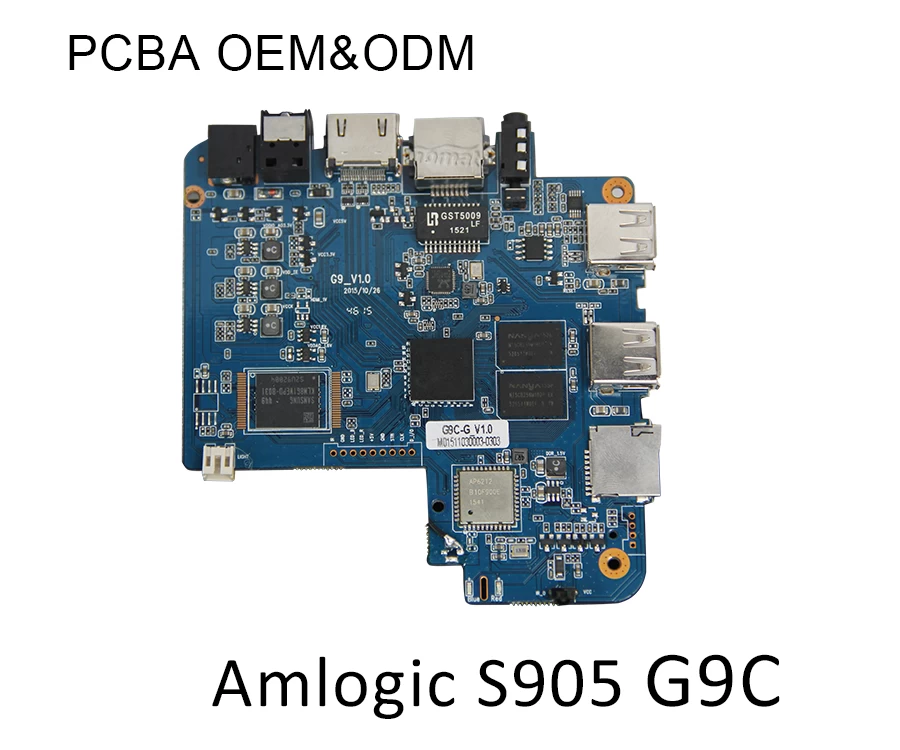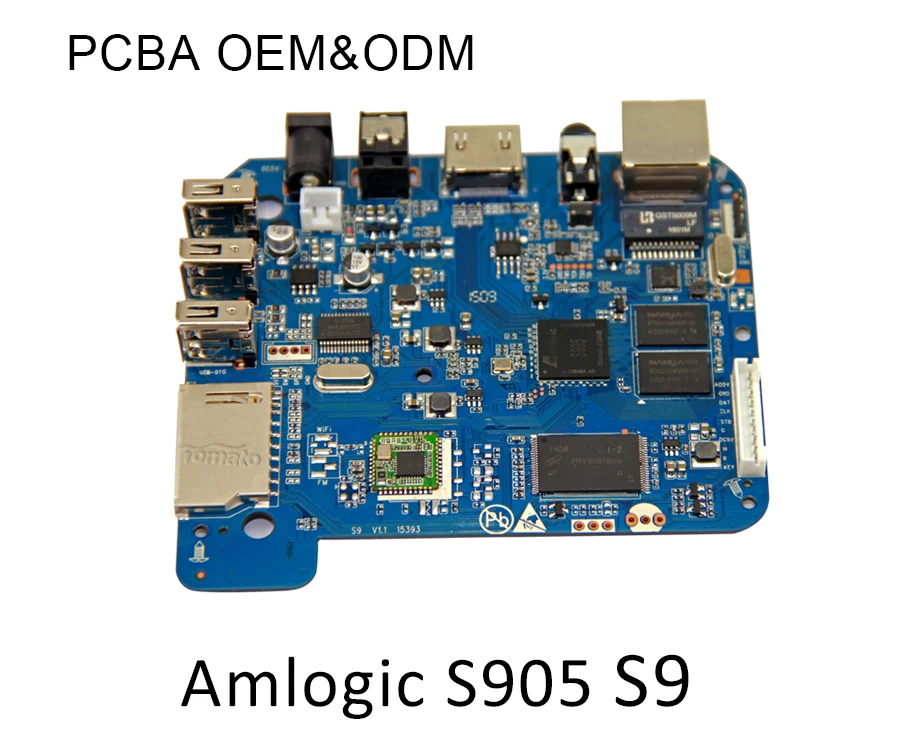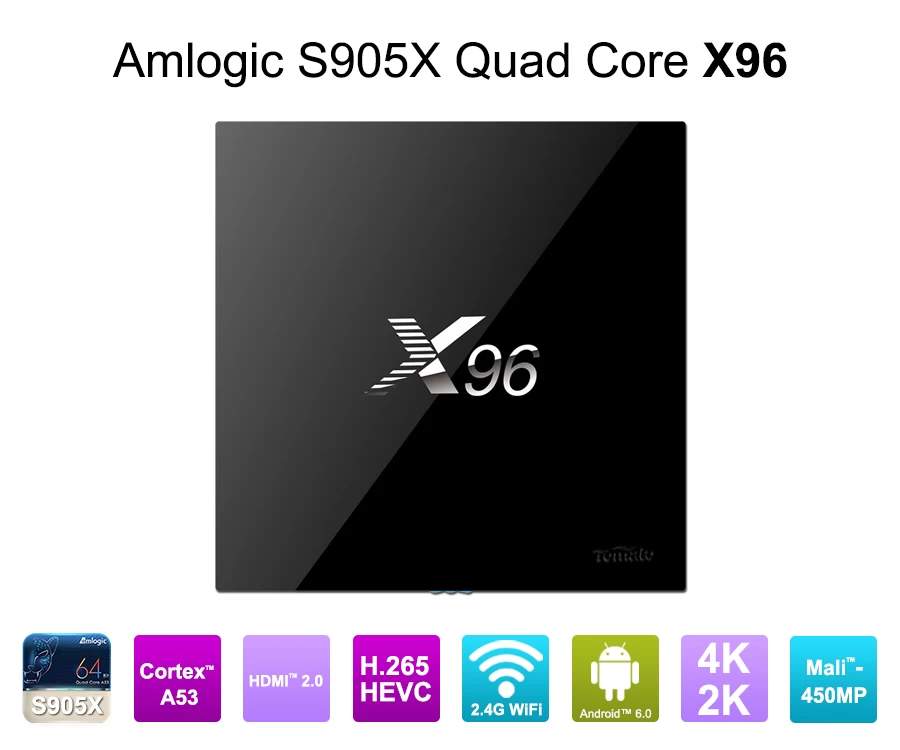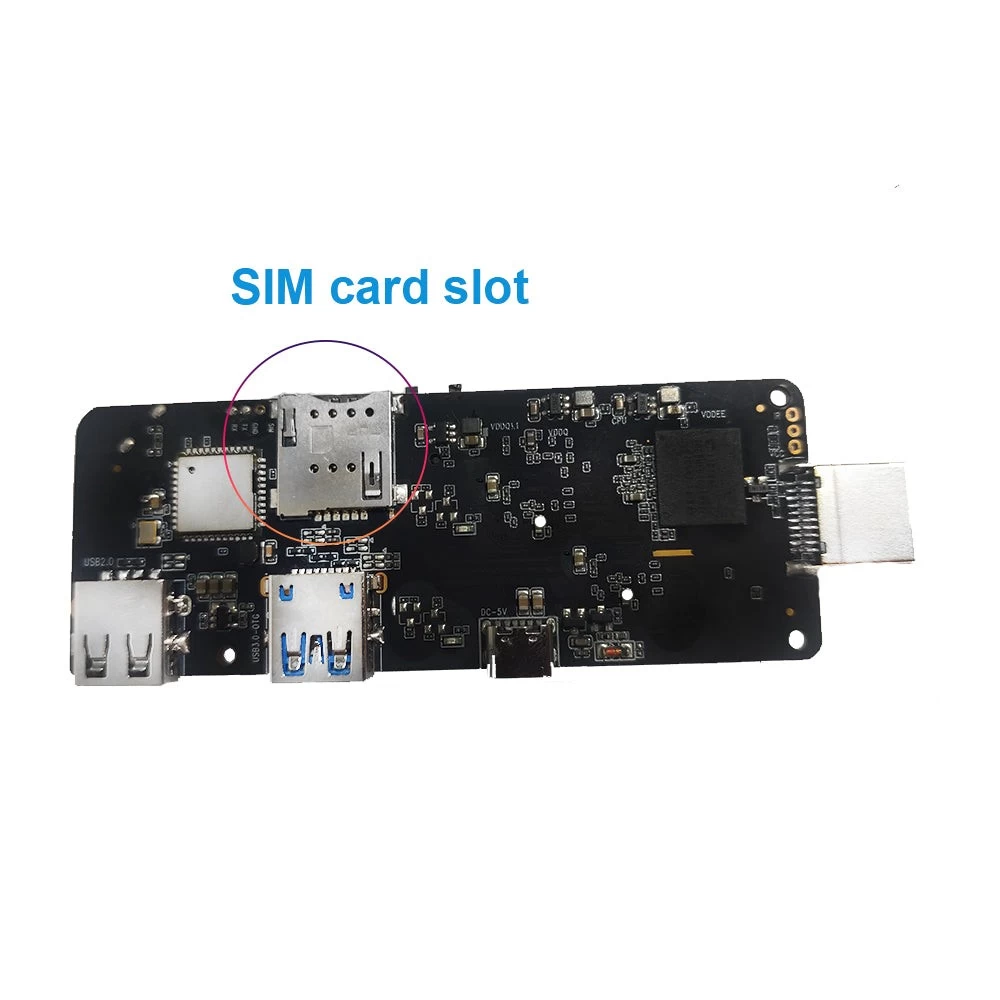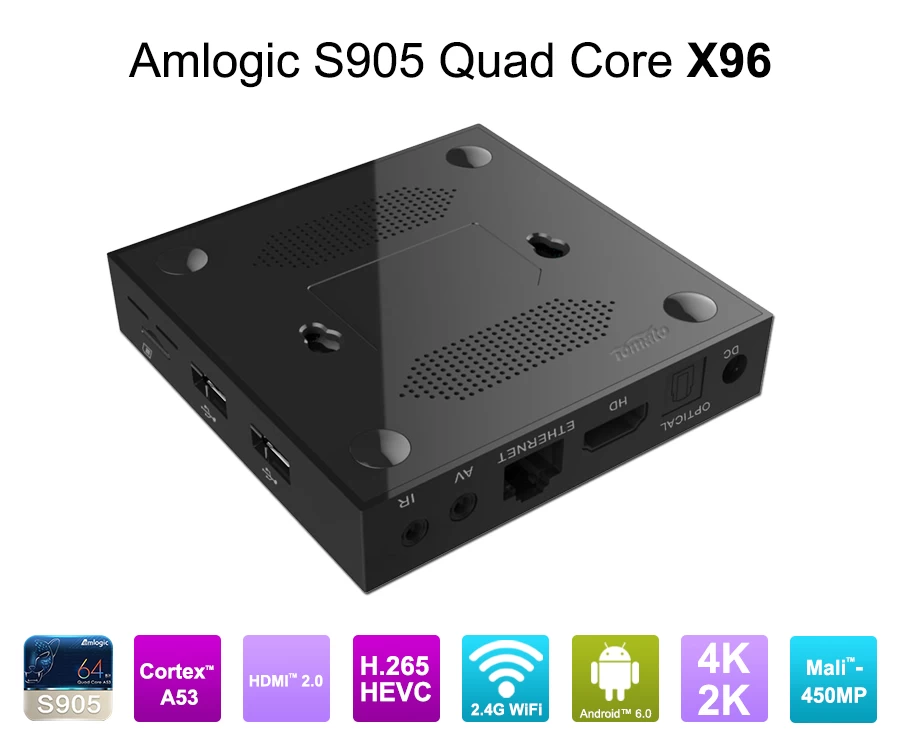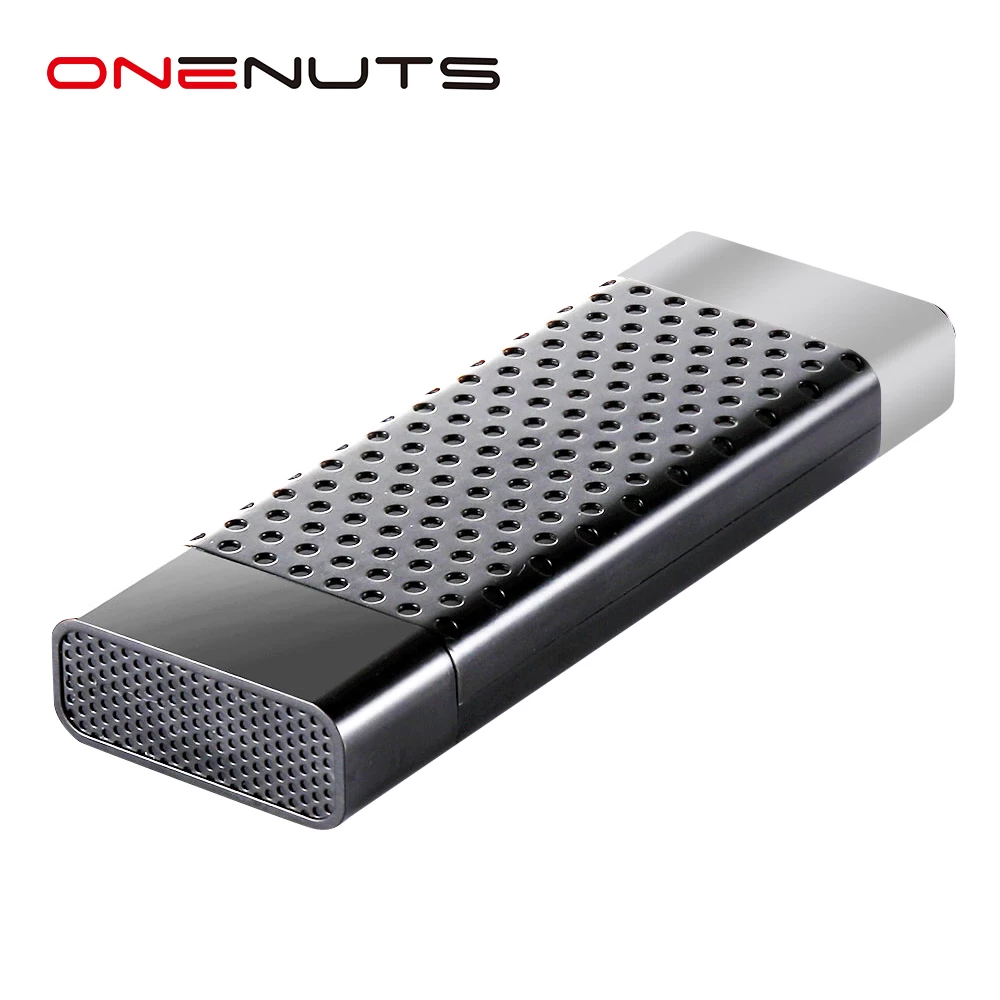Amlogic S905X5 vs S905X4: Android TV Box SoCs Elevate Performance and Efficiency
Amlogic S905X5 vs S905X4: Android TV Box SoCs Elevate Performance and Efficiency
The TV box market is undergoing a transformation with the introduction of advanced SoCs from Amlogic. The S905X5 and S905X4 chips, though sharing similar core configurations, differ significantly in architecture, performance, and application scope. In this article, we delve into the key technical differences, performance improvements, and the practical benefits these chips bring to various smart device scenarios.
Visual Comparison: Side-by-Side Analysis
To make the differences between the two chips more apparent, the image below provides a side-by-side visual comparison of their key specifications:
| Parameter | Amlogic S905X5 | Amlogic S905X4 |
|---|---|---|
| Processor | Amlogic S905X5 | Amlogic S905X4 |
| ISA | ARMv9-A (64-bit) | ARMv8.2-A (64-bit) |
| Microarchitecture | Cortex-A510 | Cortex-A55 |
| Family | S9 Gen 6 | S9 Gen 4 |
| Lithography | 6 nm | 12 nm |
| Cores / Threads | 4 / 4 | 4 / 4 |
| Base Frequency | 2.0 GHz | 2.0 GHz |
| High Performance Cores | 4× ARM Cortex-A510 @ 2.0 GHz | 4× ARM Cortex-A55 @ 2.0 GHz |
| Cache Memory | 1 MB | 1 MB |
| Max Memory Capacity | 8 GB | 4 GB |
| Memory Types | LPDDR4/4x/5 | DDR3/4, LPDDR3/4 |
| TDP | 5 W | |
| GPU Integrated Graphics | ARM Mali-G310 V5 | ARM Mali-G31 MP2 |
| GPU Execution Units | 1 | 2 |
| GPU Shading Units | 16 | 32 |
| GPU Clock | 1000 MHz | 850 MHz |
| 3D Graphics Processing | OpenGL ES 3.2, Vulkan 1.2 and OpenCL 2.0 | OpenGL ES 3.2, Vulkan 1.1 and OpenCL 2.0 |
| GPU FP32 Floating Point | 52 GFLOPS | 20.8 GFLOPS |
| Socket | SoC | |
| Drystone MIPS | 40,000 DMIPS | 21,800 DMIPS |
| AI Accelerator | NPU AI-SR (Inline AI-SR, 3.2~4 TOPS) | None |
| Crypto Engine | AES, TDES, SHA-1/SHA-2/HMAC, SM4, RSA | |
| Security | TrustZone, Secure Boot | |
| Max Display Resolution | 4K @ 60fps | |
| Video Decoding | H.266, H.265, AV1 4K@120fps, H.264 4K@30fps | H.265, H.264, AV1 4K@60fps, H.264 4K@30fps |
| Video Encoding | H.264/H.265 4K@60fps | H.265/H.264 1080p@60fps |
| PHY | 10/100/1000 MAC, 10/100 PHY | |
| Display | HDMI 2.1b | HDMI 2.1, CVBS |
| Video Input | MIPI CSI, 4 Lanes, 8M | None |
| Audio | DAC, SPDIF, I2S, PDM | |
| Flash | EMMC5.2 | EMMC5.0 |
| Interface | USB 2.0, USB 3.0, PCIe 3.0 | USB 2.0, USB 3.0 |
The chart highlights the following differences:
-
CPU Architecture: Cortex-A510 vs. Cortex-A55
-
Process Technology: 6nm vs. 12nm
-
GPU: ARM Mali-G310 V5 vs. ARM Mali-G31 MP2
-
Memory Capacity: Up to 8GB vs. 4GB
-
PCIe Interface: PCIe3.0 available on S905X5 only
Advanced CPU Architectures: Cortex-A510 vs. Cortex-A55
One of the most striking differences lies in the CPU architecture.
-
Amlogic S905X5:
-
Built on the latest ARMv9-A architecture, it incorporates four Cortex-A510 cores running at 2.0 GHz.
-
The Cortex-A510 offers enhanced single-thread and multi-thread performance, optimized power efficiency, and advanced security features like TrustZone.
-
Its 6nm lithography process ensures faster computation speeds and lower power consumption.
-
-
Amlogic S905X4:
-
Utilizes four Cortex-A55 cores based on the older ARMv8 architecture.
-
Although efficient for many applications, the older design provides comparatively lower performance in both machine learning tasks and graphics processing.
-
This evolution from Cortex-A55 to Cortex-A510 signifies a substantial leap in processing capability, making the S905X5 a prime candidate for high-performance mobile devices and edge computing scenarios.
Enhanced GPU Capabilities: Mali-G310 V5 vs. Mali-G31 MP2
The graphic processing units (GPUs) integrated into these SoCs are designed to handle demanding visual tasks:
-
S905X5 is equipped with the ARM Mali-G310 V5 GPU clocking at 1000 MHz. This upgrade delivers significantly improved performance for complex graphics rendering and supports advanced APIs like Vulkan 1.2, ideal for high-definition gaming and 4K media applications.
-
S905X4 features the ARM Mali-G31 MP2 GPU, operating at 850 MHz. While it supports essential graphic APIs, its lower clock speed and earlier design limit its capacity for handling the most graphics-intensive applications.
These enhancements ensure that devices powered by the S905X5 can offer smoother and more visually impressive user experiences.
Superior Video Codec and AI Processing
Both chips support advanced video processing capabilities, but with noteworthy differences:
-
Video Decoding and Encoding:
-
S905X5 supports H.266 alongside H.265 and AV1 codecs, enabling 4K video playback at up to 120fps. It also provides robust video encoding capabilities at 4K@60fps, which is a significant upgrade over previous standards.
-
S905X4 supports H.265, H.264, and AV1 for 4K@60fps decoding, and encodes video at 1080p@60fps.
-
-
AI Acceleration:
-
The S905X5 integrates an NPU (Neural Processing Unit) that offers 3.2~4 TOPS, making it well-suited for advanced machine learning applications such as image recognition and natural language processing.
-
This dedicated AI accelerator opens up new possibilities for smart home devices, gaming consoles, and intelligent OTT platforms where AI-driven features are becoming increasingly essential.
-
Expanded Connectivity and Interface Options
Connectivity and expandability have also seen improvements:
-
PCIe Interface:
-
The S905X5 includes an additional PCIe 3.0 interface. This upgrade significantly enhances data transfer speeds and bandwidth, allowing for the attachment of high-speed peripherals, which is crucial for modern media and smart devices.
-
-
Memory and I/O:
-
With support for up to 8 GB of memory and compatibility with modern memory types such as LPDDR4/4x/5, the S905X5 is tailored for more demanding multitasking scenarios compared to the S905X4, which supports up to 4 GB and a broader range of older memory standards.
-
Applications in a Connected World
The evolution from S905X4 to S905X5 is more than just technical refinement—it translates into tangible benefits across several application areas:
-
Smart OTT Devices:
High-performance video decoding and multi-format encoding allow for a seamless streaming experience in high-resolution formats. -
Gaming Platforms:
The enhanced CPU and GPU capabilities, along with the integrated NPU, support immersive gaming experiences with improved graphics and AI-driven game mechanics. -
Smart Home Solutions:
With support for high-resolution cameras via MIPI CSI and advanced audio interfaces, these SoCs enable robust video calling, security monitoring, and voice recognition systems. -
High-End Media Players:
Devices powered by the S905X5 can handle multiple audio formats, including Dolby and DTS, offering superior multimedia experiences for home entertainment systems.
Conclusion
The Amlogic S905X5 represents a significant step forward in SoC design compared to the S905X4, offering advancements in processing power, graphics performance, AI capabilities, and connectivity. For manufacturers and end-users alike, these improvements translate into more efficient, versatile, and future-ready smart devices—whether in the realm of OTT media, gaming, or smart home ecosystems.
By adopting the latest technologies, the S905X5 not only meets current consumer demands but also sets the stage for the next generation of digital experiences.

